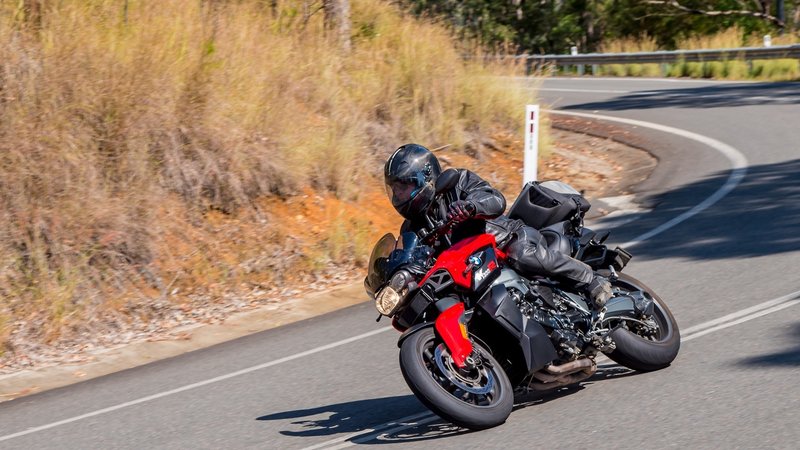Experts at the recent Australasian Road Safety Conference in Canberra have unanimously declared that lower speed limits are the best answer for reducing the road toll.
Delegate Judith Kuerschner says the “simplistic solution” of lowering speed limits is pertinent given the current NSW Government move to reduce speed limits on the Oxley Highway.
PETITION TO HALT LOWER OXLEY SPEED LIMITS
The road safety campaigner says that when the conference panel of “experts” from the opening plenary was asked “what is the one thing we could do tomorrow that would have an immediate impact on reducing the road toll?” the unanimous, “and unfortunate”, answer was to lower speed limits.
“This, not only raises revenue for the govt but limits insurance payouts (less speed = less damage WHEN you crash),” she says.
“The expectation from governments and ‘experts’ is that everyone will crash because people will, inevitably, make mistakes. Their aim, as a quick-fix, low-cost, high-revenue solution is to lower speed limits (without care for the increased risk of fatigue or distraction related crashes).
“A longer term, however, potentially more costly, solution is to invest in competency based driver/rider training and ongoing post licence training updates to equip people with the skills to avoid crashes, correct their mistakes when they do make them and minimise risk to themselves and others on the road.
“There are many nations who make this investment, Australia chooses not to be one of them because our governments don’t have the fiscal management skills of a three-year-old and need the money generated from fines to provide basic services (of which road maintenance is not particularly considered one).”
Judith began her road safety campaign after witnessing her husband being killed by a driver turning in front of him without indicating. She was also an Australian Motoring Enthusiast Party candidate at the last election.

Despite her concern about the speed-focus of road safety exerts at the conference, she says the new Director of Road Safety Programs at Austroads, David Bobberman, was a breath of fresh air.
“He was openly encouraging delegates to put forward new ideas for Austroads to follow up on, not just re-hash the same old, same old, which is what the speed and enforcement argument is,” she says.
“The fact that over 100 people have died on the road above the projections for a 30% decrease by 2020 must surely speak to the fact that what we are currently doing to reduce the toll isn’t working (and reducing speeds appears to be the number 1 tactic from all jurisdictions).
“So hearing ‘experts’ spout that we should do more of the same to achieve a reduction in the toll is simply just madness (well, it certainly is if you take Einstein’s definition of insanity into account – doing the same thing and expecting different results).”
Judith was also disappointed with the lack of workshop and symposium sessions at the conference that related to vulnerable road users such as motorcyclists.
“Those sessions that were available were of a high quality, although not always well attended by ‘non-motorcycling’ delegates,” she says.
However, Judith applauded the current ACT minister for Road Safety, Shane Rattenbury, who attended the conference.
She says the ACT recently introduced of 20 new vulnerable road user awareness questions in their learner driver package, and the compulsory passing of all five randomly chosen in each test.

Judith says it is a step it the right direction for “increasing motorcycle awareness at the outset of the driver experience”.
She also points out that the ACT is trialling motorcycle lane filtering for motorcycle safety more so than congestion-beating reasons.



